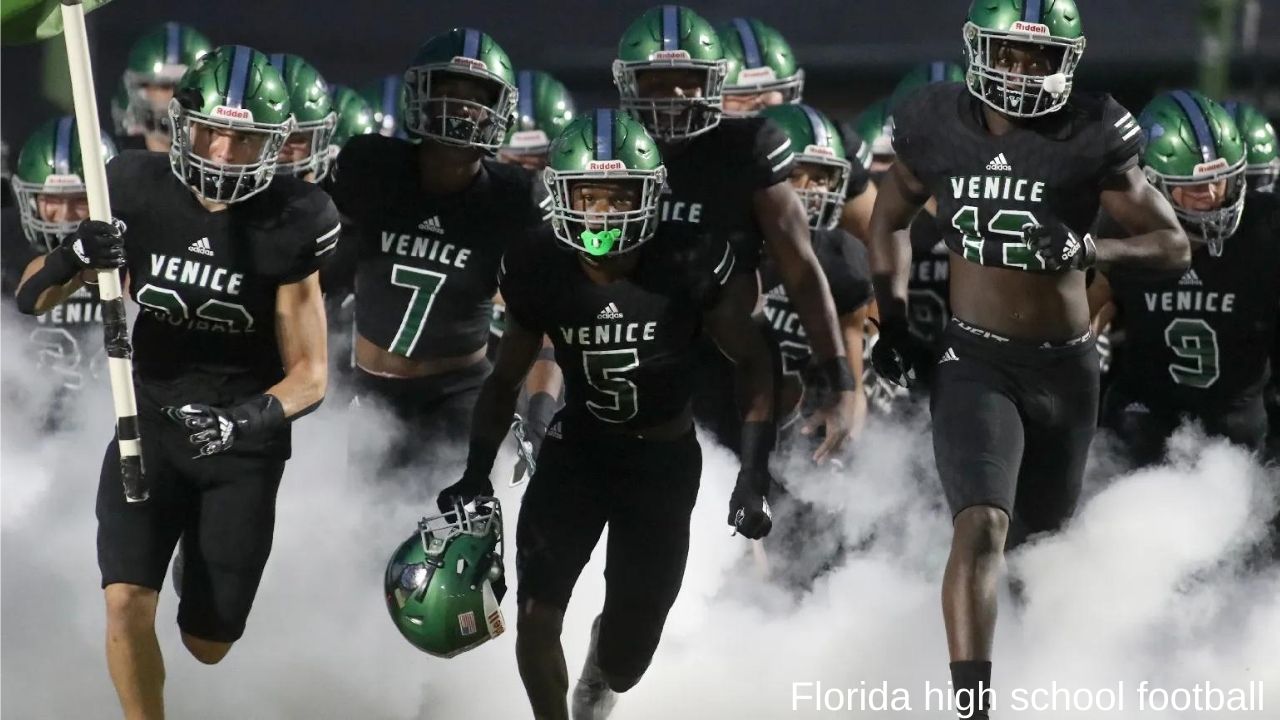Florida high school football in Jacksonville, Florida is undergoing major changes this year, according to Jacksonville News6 partner WJXT-TV.
The board of directors of the Florida High School Athletic Association has voted in favor of moving forward with the biggest change in the sport – perhaps ever – approving an idea that would divide the state into two metros and suburban divisions. The board voted on Monday to approve the 9-7 measure, an earthquake change that would take effect earlier this year.
This is a radical change that will take the eight largest counties in the state – Broward, Duval, Hillsborough, Miami-Dade, Orange, Palm Beach, Pinellas and Seminole – and place them in a newly created metro section. Schools in these districts have been cleared for the state championships, and both the state coaches and the athletic board of directors wanted to level the playing field.
The remaining 59 counties in the state will be divided into suburban sections. Each of the metro and suburbs will have four classifications. Class 1A will remain rural, now the state has nine state champions.
The board was located on two fault lines, which was the subject of much controversy.
Proponents of her case have been working to make the actual transcript of this statement available online.
The FOSSA says it could develop a new policy with the Metro / Suburban concept in a few weeks. This will allow schools to start scheduling
Executive Director George Tomin was not in favor of the plan from the beginning and expressed concern about the timeline for such a radical change. Tomin suggested a year of more detailed study of such changes, including the rental of an outsourced firm to see the details. His choice was starting to change in 2024.
St. John’s County Superintendent Tim Forson, who voted for the change, said he has spoken with coaches in his area and moved to change.
“Let’s be brave and move on,” Forson said.
The FHSAA board was skeptical of calling Metro / Suburban a policy because of the outstanding questions surrounding it.
Discussions on the change began more than a year ago in the Football Coaches Advisory Committee in 2021 and this year both have unanimously approved it. The Athletic Director’s Advisory Committee voted 8-7 against it last year and voted for it by the same margin this year. On Sunday night, the operations’ committee voted in favor of the plan, 3-2.
Also on Monday, the FHSAA said it wanted to move forward with discussions on names, images and similar issues. That bill became law last July, allowing college athletes to benefit from their names, images and the like. This problem has already come down to the high school level in some states. The FHSAA said it was seeking input on the matter and would report its findings at its next meeting in April.
Florida is one of 24 states currently located in Alabama, Arkansas, Delaware, Georgia, Hawaii, Illinois, Kentucky, Maryland, Massachusetts, Mississippi, Missouri, Montana, Nevada, New Mexico, North Carolina, Oklahoma, New York, Mexico, North Carolina, has banned NIL from high school , Rhode Island, South Carolina, Texas, Virginia, Wisconsin and Wyoming.
Suburban Division
What will the new hierarchy structure look like in high school football? Classes with enrollment numbers are shown. The schools in 59 counties make up this section
4A: 68 schools (1,893 enrollment)
3A: 68 schools (1,443-1,892)
2A: 68 schools (601-1,442)
1A: 30 schools (below 600)
Metro section
Florida high school football in Broward, Duval, Hillsborough, Miami-Dade, Orange, Palm Beach, Pinellas and Seminole will create new metro divisions. With enrollment for listed schools, a look at how many schools each classification will create.
4A: 64 schools (2,356 enrollments)
3A: 64 schools (1,675-2,355)
2A: 64 schools (601-1,674)
1A: 36 schools (below 600)
Rural
The rural division has existed as a Class 1A for years. This will continue and these numbers will be 7 for schools and enrollment numbers
1A: 33 schools (below 600)

